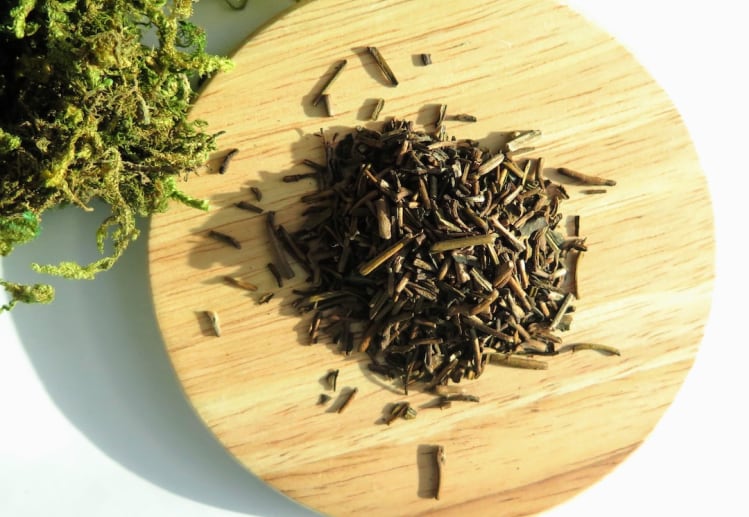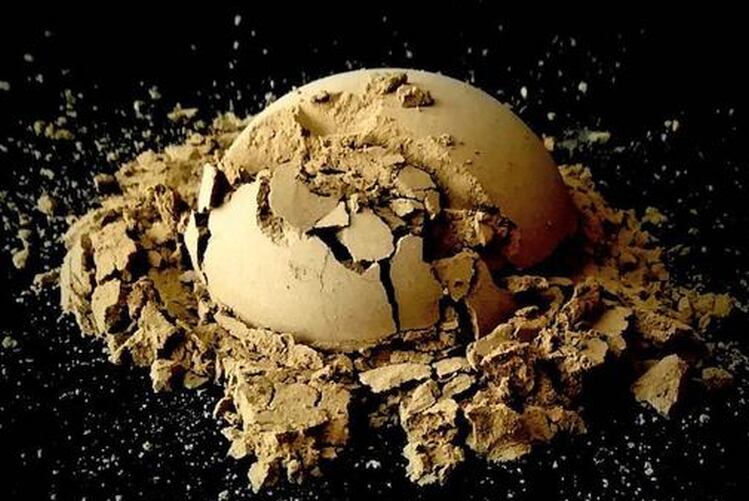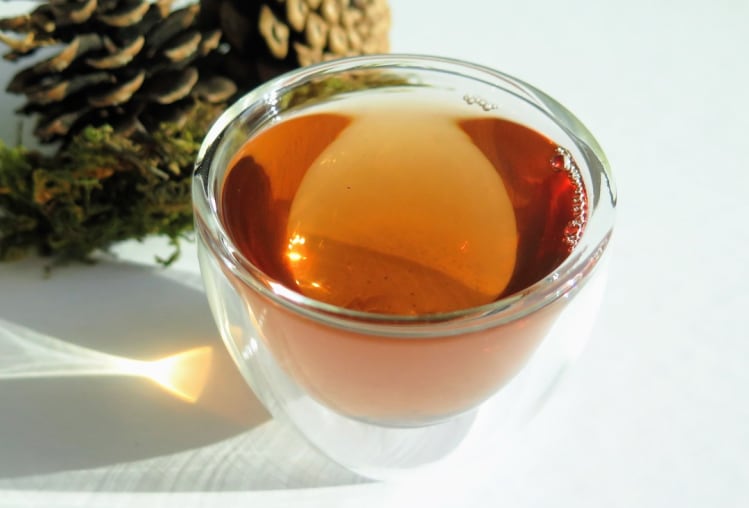“Hojicha can be made from any part of the tea plant: the twigs, the stalks, the stems and the leaves,” said Hojicha Co. co-founder Francois Mathieu, who was speaking to FoodNavigator-USA after expanding his hojicha collection to include Hojicha Kukitori (see box below).
“The roasting gives it a different flavor profile [to regular green tea] without the bitterness, but the flavor depends on lots of things. When it’s made exclusively from leaves, it has a deep smoky flavor and is less sweet, whereas when it’s made from stems, stalks, and twigs it is mildly smoky and tastes sweeter.
“Hojicha originated in Kyoto, Japan, around a hundred years ago, but its popularity has really taken off over the past few years,” explained Mathieu, a tech entrepreneur who co-founded the company in late 2018 with Danielle Geva after trying hojicha during a trip to Japan in the spring, and quit the day job in early 2019 when he realized they were onto something.
“I don’t think it’s going to go mainstream overnight, though. It took 10-15 years before matcha took off in the US and it’s still a relatively small part of the market, but I think hojicha potentially has broader appeal because not everyone likes the grassy green notes of [regular] green tea and hojicha has a different flavor profile.”
There are also a lot of possibilities beyond loose leaf products and teabags, including ready to drink products and multiple applications for hojicha powder, which is now the firm’s top seller, he said. “Our powder is very fine, so you don’t need to whisk it up to make a latte, and you can add it to everything from ice cream and desserts to new beverages, plus new products that don’t exist in the matcha form.”

Less bitterness, less caffeine
The roasting process reduces the bitterness (it also reduces some of the healthful catechins, which are responsible for the bitterness), which has particular appeal to North American consumers, who typically prefer black tea as it is less ‘green’ tasting and bitter, he said.
Caffeine levels are also much lower in hojicha than they are with other forms of tea, he claimed. While the roasting process may have some impact, a more important factor is the source material, he said, noting that twigs – which feature in many hojicha products - don’t contain caffeine.
Similarly, most hojicha teas are also made with some ‘bancha’ - larger and courser leaves from later harvests or sourced from lower down in the plant - which contain less caffeine than the smaller less mature leaves picked in the spring, he explained.

Over the last 20 years tourism in Japan has increased significantly
Conduct a quick search on Amazon and you’ll find a small number of Japanese and US tea brands selling hojicha, which like all things Japanese is likely to gain in popularity as we approach the Tokyo Olympics, predicted Mathieu, who is seeking to carve out a distinct position in the market with premium small batch, single origin products sourced from Kyoto, where the trend began.
“Over the last 20 years tourism in Japan has increased significantly, and interest is only going to grow with the 2020 Olympics, and we see that when people try new things in Japan, they start looking for them back home, usually via an online search, so we’ve focused on direct to consumer business to start with, although we also do a lot of wholesale business with matcha powders to restaurants, coffee shops [particularly for lattes] and ice cream shops.
“Our biggest markets are coastal cities such as San Francisco, Vancouver, Toronto, Seattle, and New York with higher Asian populations and a higher percentage of people that have traveled to Japan.
“On the consumer side [of the business], I’d say approximately 80% of our customers are people that have visited Japan. Around 50% of our business is in the US, 45% in Canada and 5% the rest of the world, particularly English speaking countries such as the UK and Australia.”
Hojicha Co. sells a variety of single origin hojicha products sourced from tea fields of Kyoto, Japan, including:
- Hojicha Kukitori: With a sweet “woody aroma and a delicate flavor of toasted pecans,” this honey-colored tea is rich in stems from tencha, which is usually used to produce matcha. Once tencha has been steamed and dried, the stems are separated and roasted.
- Hojicha Hanamitsu: This red-hued tea from summer sencha leaves picked during the second harvest in Kyoto has “a nutty and smoky taste.”
- Hojicha Gold Roast: This golden colored tea made from lightly roasted sencha harvested in spring, has “delicate umami notes and caramel sweetness” with a “pleasant smoked wood aroma.”
- Hojicha Dark Roast: This reddish brown tea with a “soothing earthy aroma” has the “smokiness of the coarse [bancha] leaves as well as the sweetness of the stems” and is made with the larger courser leaves harvested in June.
- Hojicha powder: Ultra-finely ground roasted green tea perfect for lattes, desserts, ice cream, baking and suitable for sweet and savory recipes.

